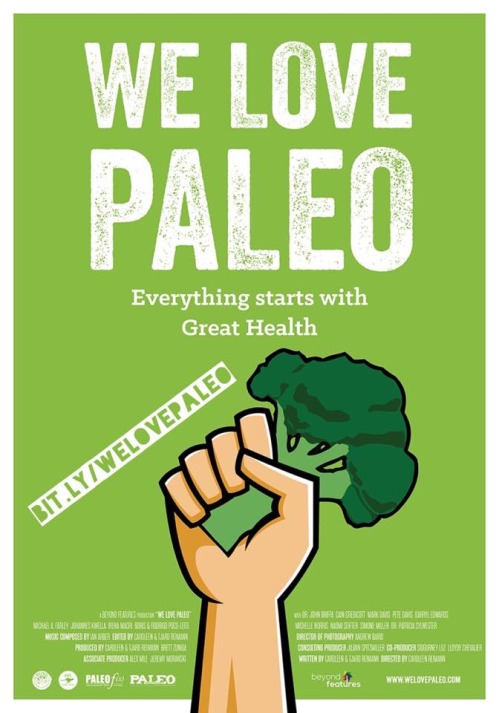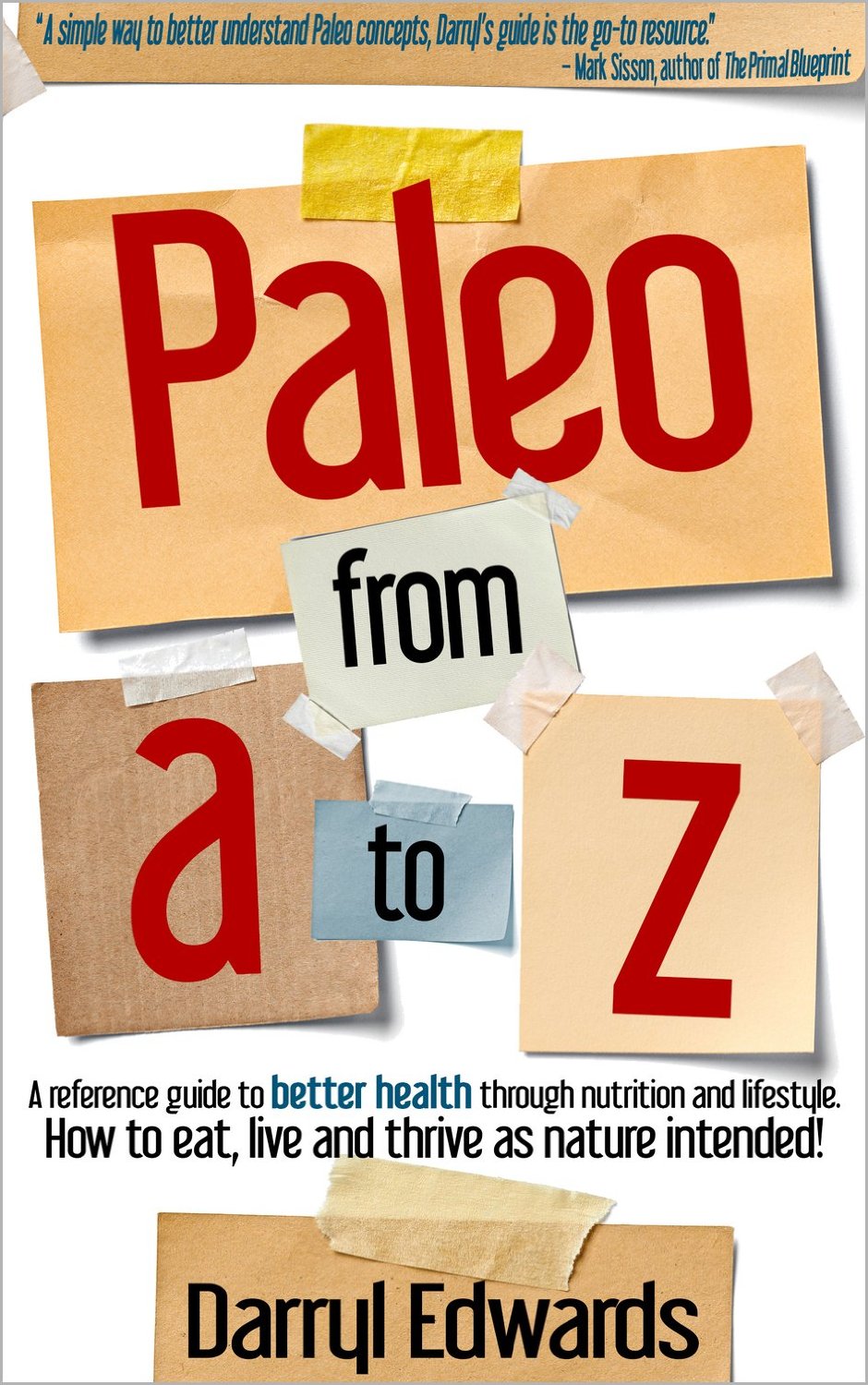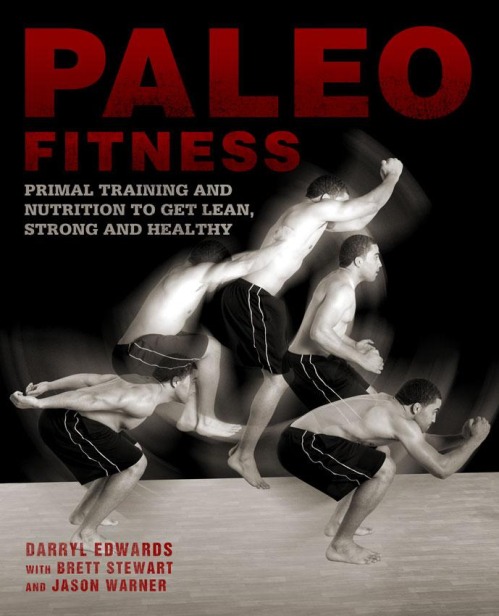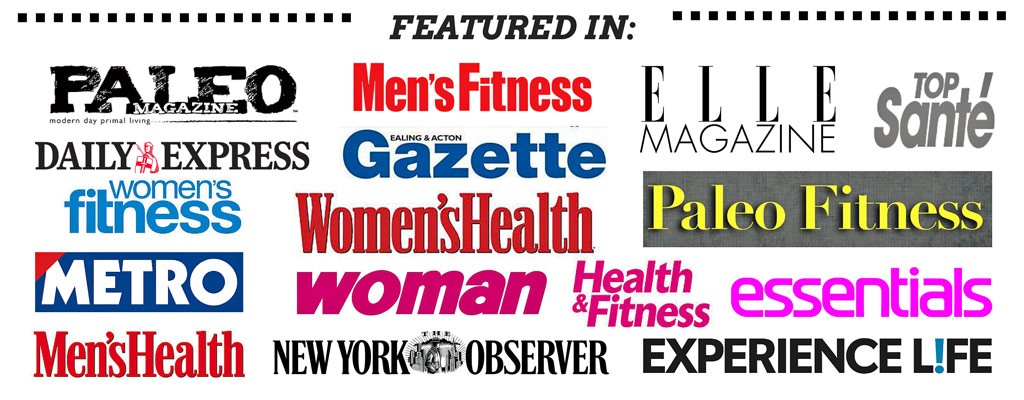Paleo Breakfast: A Wholesome Start To The Day
 Friday, February 11, 2011 at 13:51 | by
Friday, February 11, 2011 at 13:51 | by  Darryl Edwards
Darryl Edwards

A breakdown of my breakfast this morning. Scrambled Eggs drenched in extra-virgin coconut oil, walnuts, sardines and spinach washed down with green tea.
Eggs:
The protein in eggs is the highest-quality, easiest to absorb protein found in any food. Containing all essential amino-acids (the building blocks of protein). Eggs suppress ghrelin (a hormone that controls appetite). If ghrelin is suppressed, you will feel fuller for longer.
Eggs are rich in minerals and vitamins, especially in B vitamins. Eggs are good sources of vitamin B12, riboflavin and choline as well as vitamins A and D. Eggs are great sources of essential minerals including selenium and phosphorus.
Eggs that are produced by hens that are free range and have access to its natural food sources such as greens and grubs will be naturally high in omega-3 fats.
http://www.thefitnessexplorer.com/home/2010/6/28/nutrition-eggs-a-wholesome-food.html
Sardines:
High levels of Omega 3 oils which have been proven to reduce triglycerides (fats circulating in the blood) - elevated levels can lead to heart disease, Omega 3 fatty acids are also anti-inflammatory. Sardines are a good source of protein and vitamin D they also contain selenium, calcium, vitamin B12, vitamin B3, and phosphorous.
Sardines are also less likely to contain and accumulate toxins such as PCB and mercury than larger fish such as tuna or salmon.
The high protein content of sardines helps to promote satiety and the lack of carbohydrates helps to stabilise blood sugars - again useful in maintaining good body compostion.
Walnuts:
The nut with the highest amount of Omega 3 is the walnut. Walnuts contain the ALA (Alpha-Linoleic Acid) plant sourced form of Omega 3 which has to be converted to a form the human body (especially the brain) can utilise in the form of DHA (docosahexaenoic acid). Both DHA and EHA (eicosapentaenoic acid) are from animal (especially marine sources).
Walnuts are rich in protein, B vitamins, vitamin E and magnesium, calcium, folate, potassium, phosphorous and manganese. Studies have shown walnuts have been found to decrease cholesterol - especially LDL (bad) cholesterol.
Spinach:
Spinach is packed full of nutrients contains carotenoids, antioxidants, polyphenols, vitamin C, K, A, coenzyme Q10, B vitamins, and lots of minerals including folate, potassium, copper, zinc and magnesium.
Green Tea:
http://www.thefitnessexplorer.com/home/2010/12/28/nutrition-11-great-reasons-to-drink-green-tea.html
Coconut Oil:
http://www.thefitnessexplorer.com/home/2010/8/10/nutrition-coconut-milk-is-it-good-for-you.html




















